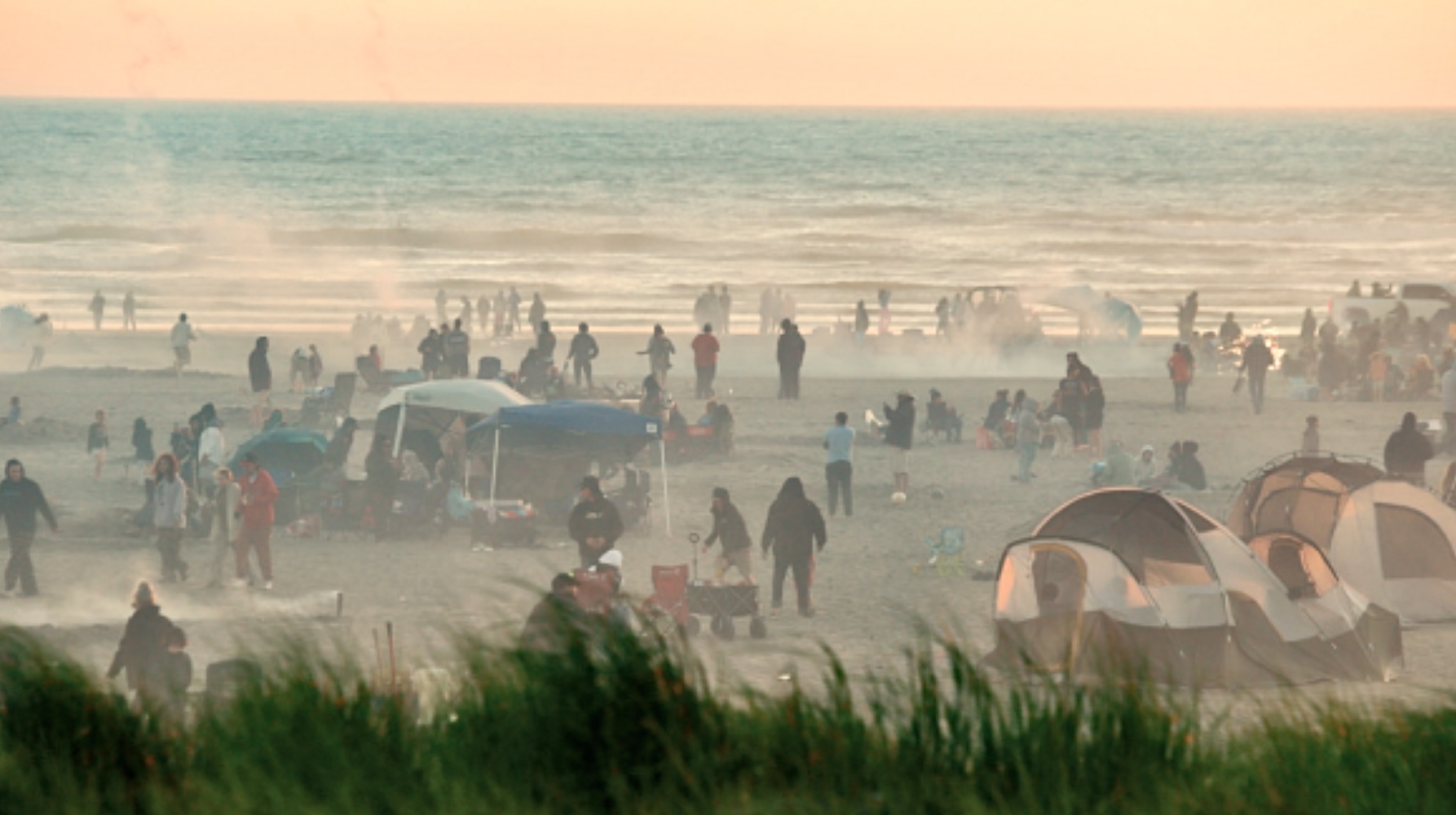Cell phone sensation sweeps school students
Published 5:00 pm Tuesday, May 25, 2004

- Girls from the Ilwaco High School softball team are just one example of the prevalence of school-aged cell phone users. Heather Bartlett, Racheal Zimmerman, Cody Jenkins, Nicole Adams, Jesse Landeros and Carley Taylor are part of the wireless trend, in which young people - or their parents -spend $21 billion per year.<BR><I>KEVIN HEIMBIGNER photo</I>
Cell phones are big business for school-aged users
ILWACO – Five freshman girls plus five cellular phones made for one lively and chatter-filled trip home from Ilwaco’s final District IV boys basketball game in Chehalis last March.
The girls call family first to report the score of the game and to tell them we are stopping to eat and will be home about 11:30 p.m. Then the fun begins. Using the dozens of pre-programmed numbers they have stored in the tiny communication devices, they find out exactly where each of their friends are as we all make the trek back to the beach.
They call each other – and remember the girls are all in the same van – just to hear the latest ring-tones they have downloaded at a dollar a pop from the Internet. They use their phones to play sophisticated games viewed on shiny color screens, and they play the latest music they have downloaded.
One young lady complains that it’s too dark to take a picture as her cell phone has a camera. The girls say that they average 25 calls a day. And when the person they are trying to call does not answer, there is always text-messaging.
Marshal Cohen, chief analyst with a giant New York marketing firm, says, “Cell phones have become the most important status symbol other than a driver’s license for young people. They are more “in” than the latest fashion or hair style according to our research.”
While parents purchase the tiny communication devices, young people make the decisions as to what style and what features are included, Cohen’s research says. To sign a contract to purchase wireless service one must be 18 years old, but corporations now pre-sell minutes so that junior high and high school students can obtain a “cell”.
Four years ago less than 5 percent of teenagers owned a cellular telephone, but now more than half have access to the devices. According to a Boston-based research group, wireless service sales to youths from 11 to 24 will generate $21 billion in revenue by year’s end, which is more than some countries gross national products.
The average cell phone costs just under $100 to purchase and service averages approximately $50 per month per young user.
While most adults use their mobile phones for business or as a safety precaution, teens use their devices twice as often for text messaging and to download information from the Internet and half again as much to play games, according to the Boston study. They are four times more likely to purchase trendy styles of phones than adults do.
While cell phones are big business, Daniel Schulman, CEO of Virgin Mobile, says, “Young people’s tastes are constantly changing. They are very sensitive and when we don’t connect with their tastes they are quick to turn to something else.”
Virgin Mobile runs ads during music and late-night comedy programming not typically watched by adults. Schulman’s research indicates young people are more likely to make marketing decisions during “unsupervised moments” away from parents. Virgin Mobile also advertises on similar web sites.
“We target alpha teens (those who are outgoing and exhibit leadership qualities) and find out why they think certain cell phones and features are cool,” Schulman says.
So while corporate America does its best to sell billions of dollars of cellular service to young people, it’s still nice to get a reassuring call once in awhile when we know our kids are away from home.
On the trip to White Salmon for the baseball and softball games rain began to fall in earnest near Longview. In seconds five players had called Columbia High School to find out that it was sunny there. I remember commenting with tongue somewhat in cheek, “Those phones you have sure can do a lot of stuff, but after all it is the 1990s.”
Of course they remind me that we are in 2004 and quickly call to tell their friends back home how ancient I am.






